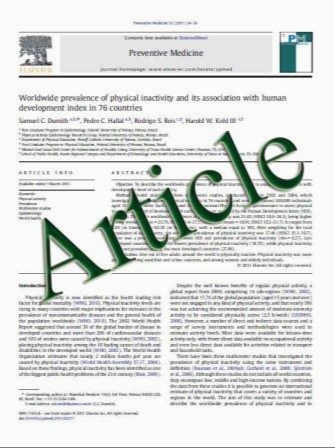Neuropathology underlying clinical variability in patients with synucleinopathies
- نوع فایل : کتاب
- زبان : انگلیسی
- مؤلف : Glenda M. Halliday Janice L. Holton Tamas Revesz Dennis W. Dickson
- چاپ و سال / کشور: 2011
Description
Abnormal aggregates of the synaptic protein, a-synuclein, are the dominant pathology in syndromes known as the synucleinopathies. The cellular aggregation of the protein occurs in three distinct types of inclusions in three main clinical syndromes. a-Synuclein deposits in neuronal Lewy bodies and Lewy neurites in idiopathic Parkinson’s disease (PD) and dementia with Lewy bodies (DLB), as well as incidentally in a number of other conditions. In contrast, a-synuclein deposits largely in oligodendroglial cytoplasmic inclusions in multiple system atrophy (MSA). Lastly, a-synuclein also deposits in large axonal spheroids in a number of rarer neuroaxonal dystrophies. Disorders are usually defined by their most dominant pathology, but for the synucleinopathies, clinical heterogeneity within the main syndromes is well documented. MSA was originally viewed as three different clinical phenotypes due to different anatomical localization of the lesions. In PD, recent meta-analyses have identified four main clinical phenotypes, and clinicopathological correlations suggest that more severe and more rapid progression of pathology with chronological age, as well as the involvement of additional neuropathologies, differentiates these phenotypes. In DLB, recent large studies show that clinical diagnosis is too insensitive to identify the syndrome itself, although clinicopathological studies suggest variable clinical features occur in the different pathological forms of this syndrome (pure DLB, DLB with Alzheimer’s disease (AD), and AD with amygdala predominant Lewy pathology). The recognition of considerable heterogeneity within the synucleinopathy syndromes is important for the identification of factors involved in changing their pathological phenotype.
Acta Neuropathol (2011) 122:187–204 DOI 10.1007/s00401-011-0852-9 Received: 20 April 2011 / Revised: 18 June 2011 / Accepted: 20 June 2011 / Published online: 1 July 2011


